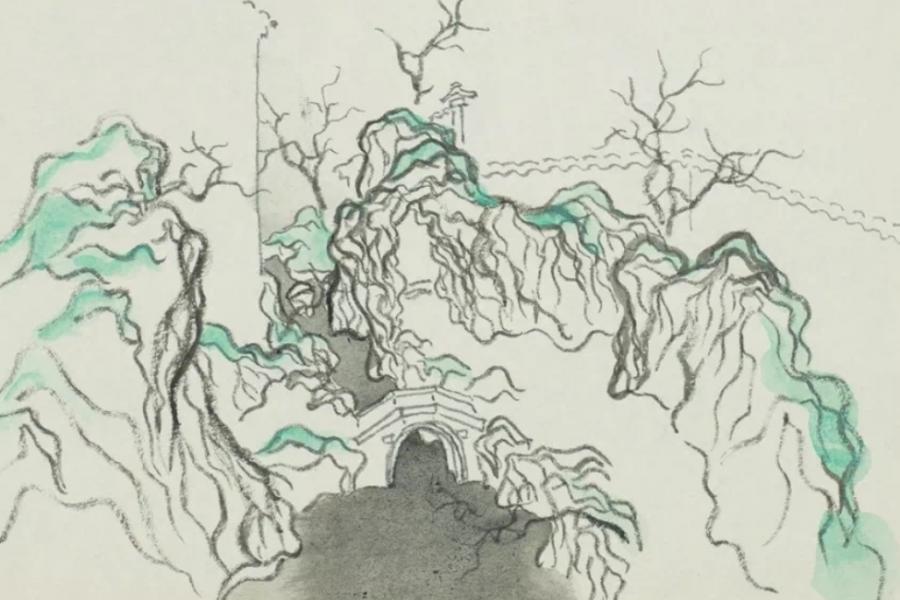Ye Fang
Professor Ye Fang is an artist, garden designer and educator.
Professor Ye Fang was born into a family of learning. His ancestor, Bi Yuan, was an official and literati who served Emperor Qianlong and started the family tradition of designing and constructing gardens. He was born in Suzhou and spent his childhood in the family residence at Bi Yuan (Bi Garden), a garden created by Bi Yice, his great grandfather, and received his early education and a traditional upbringing there. Later, he studied at the Art and Crafts Institute in Suzhou focusing on The Humble Administrator’s Garden, and later conducted advanced research into the landscape design of Ting Feng Yuan (Listening to Maples Garden), both of which are among the finest and most famous scholar’s gardens in China.
Now, Professor Ye is devoted to promoting the art of the garden within a contemporary context. Across his work in different media--whether ink painting, sculpture, installation or landscape design--his understanding of the Chinese garden as it is informed by culture and tradition has always been a connecting thread.
The garden Professor Ye designed and constructed in Suzhou, Nan Shi Pi Ji, is the only contemporary Chinese garden listed in UNESCO’s report on Suzhou’s classic gardens, after nine of the most famous historical gardens; and his work Da Yuan (Da Garden) which was shown at the 53rd Venice Biennale, was the first artwork related to classical Chinese garden design to be featured there.



